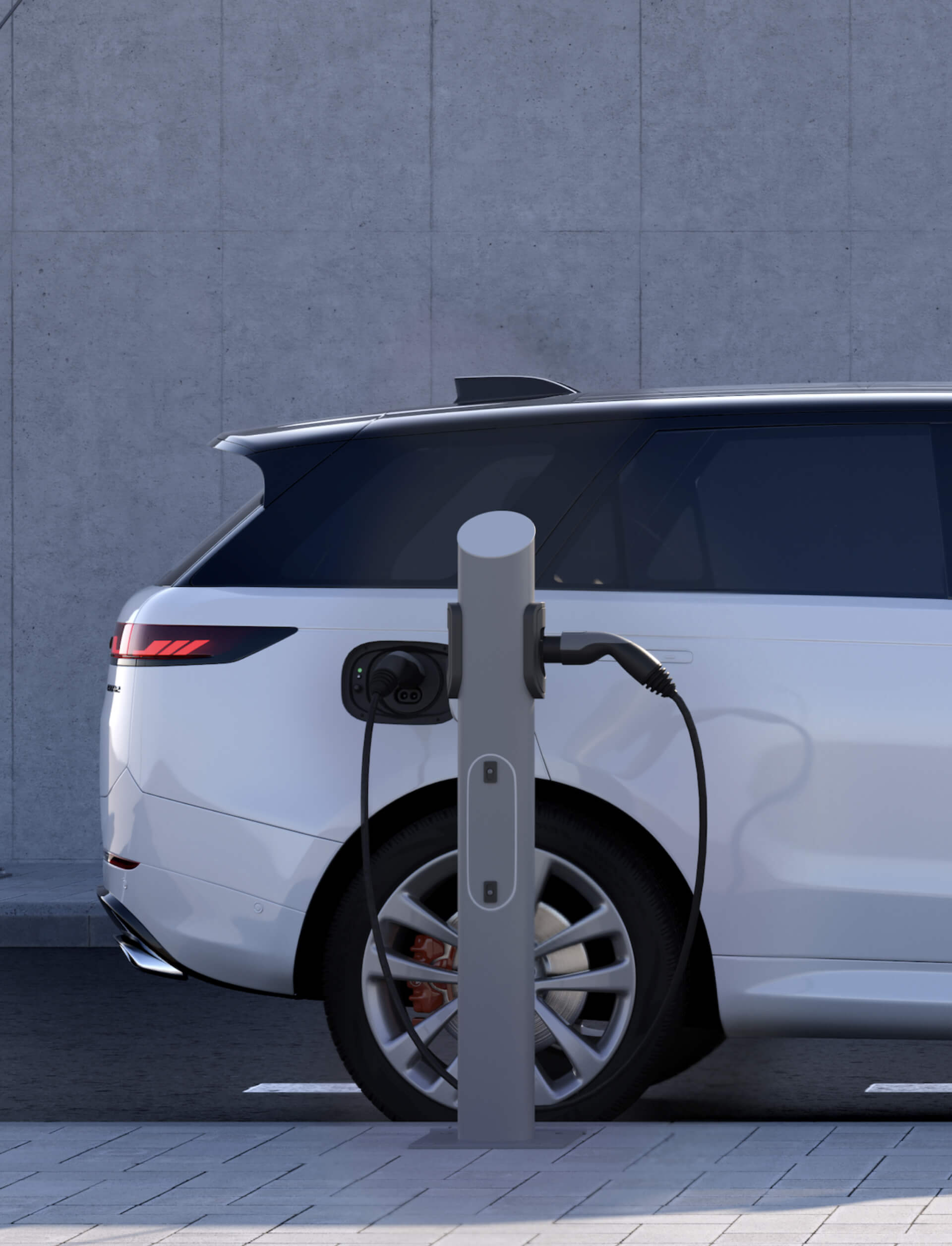The revolution in the automotive industry is becoming a fact – more and more people are replacing combustion cars with their electric counterparts. According to data from the Polish Alternative Fuels Association, at the end of October 2023, there were 52,327 fully electric passenger and commercial cars registered in Poland, and their number increased by 18,912 vehicles. This is 55% more than in the same period of 2022. Companies are increasingly choosing emission-based transport when electrifying their fleets, and the advantages of electric vehicles are noticed by last-mile transport managers, as well as heavy road transport.
As the popularity of E-cars increases, the infrastructure used to charge them is also developing dynamically. According to the amendment to the Act on Electromobility and Fuels, from January 1, 2025, every non-residential building not owned by a small or medium-sized enterprise, with more than 20 parking spaces, will have to have at least one charging point and the necessary infrastructure at least one in five parking spaces. Charging stations will appear under shopping centres, near office properties, public utility buildings and warehouses. And when implementing them, it is worth paying attention to the materials from which they are made.
“Power charging stations are constantly exposed to the effects of atmospheric factors. Therefore, they should be made of materials resistant to extremely low and extremely high temperatures, corrosion and wind. All these requirements are perfectly met by composite materials, from which we can make functional and aesthetic charging stations of various power” explains Rafał Bednarczyk, president of the management board of NCT S.A.
Charging stations in a composite lighting pole
NCT SA’s offer includes charging stations built in a low composite post (Charging Pole), as well as the innovative Charging Lighting Pole, i.e. charging stations in a composite lighting pole. The latter product is particularly recommended as an ideal solution for urban areas, in particular: in parking lots, at office, hotel and industrial facilities and in parking bays along the streets.
An EV charging station in a composite light pole optimises valuable urban space. Above all, it is a way to create EV charging infrastructure on the existing connections. All that needs to be done is just to replace the old lighting pole with a modern composite pole, additionally equipped with an EV charging station with a power of 7.4 kW or 22 kW with one or two charging points. Additionally, a big advantage for drivers of electric cars is that the Charging Lighting Pole stations are equipped with charging cables, which increases the comfort of their use.
“In addition to easy assembly, the advantages of our composite solutions for electromobility are: exceptionally light and durable structure and easy transport. All this means that the installation of composite lighting poles equipped with charging stations allows for the optimisation of the costs associated with their implementation. Additionally, low operating costs guarantee a quick return on investment” says Rafał Bednarczyk.
As the president of the management board of NCT SA emphasises, by choosing Charging Light Pole, the customer gains not one, but two solutions necessary for the operation of their facility: lighting for parking spaces and integrated places for charging electric cars.
“The availability of charging infrastructure today in many business branches, including HoReCa and shopping malls, is becoming an additional advantage, attracting a new segment of customers: electrical car users, as well as people with high ecological awareness” adds the expert.
Technical information
- charging power 1 or 2 x 7.4 kW, 1 or 2 x 22 kW
- charging current 32A (7.4kW) or 3 x 64A (22kW)
- single-phase (7.4 kW) or three-phase power supply (22 kW)
- charging sockets 1 or 2 Type2
- authorisation by RFID or mobile application
- IP 54 protection type
- safety: MCB overcurrent protection, differential current protection – RCB class B
- energy measurement: MID meter
- online communication via the OCCP 1.5, 1.6 protocol;
- controller – electronic controller equipped with a GPRS/NET/GSM module
- possibility of smooth regulation of the charging power of electric and hybrid cars
- the colour of the pole in the standard offer (RAL 7024)



